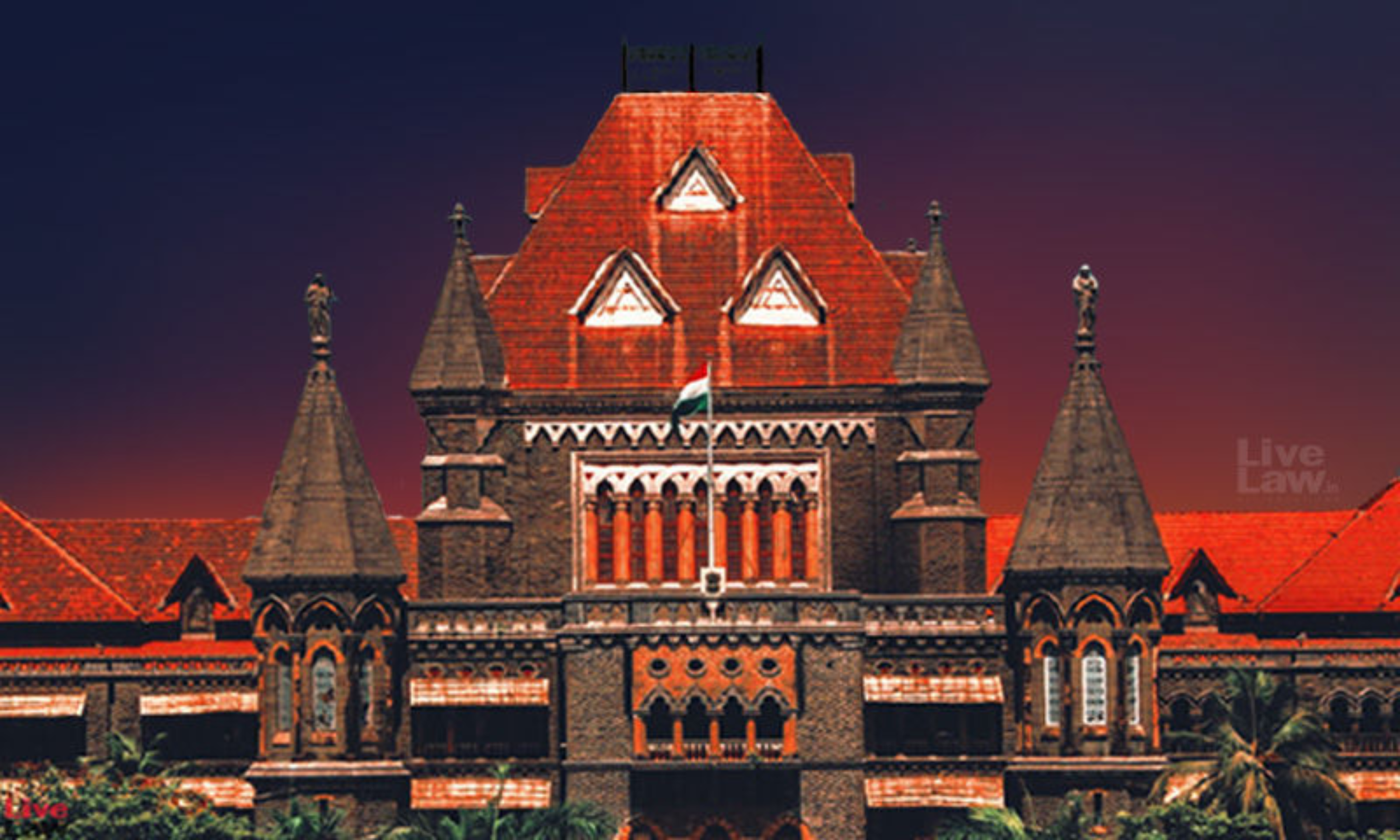Last Seen Theory Must Be Proximate With Time Of Death: Bombay High Court Acquits Two Accused Of Murdering Deranged Man Mistaking Him For Demon

The Bombay High Court has held that the "last seen theory," whereby the accused is the last person spotted with the victim, is not enough to hold him guilty of the crime in the absence of a correlation with the time of the victim's demise. The prosecution must establish the time when the deceased was last seen with the accused and the time of death, the court added. "Unless there...
The Bombay High Court has held that the "last seen theory," whereby the accused is the last person spotted with the victim, is not enough to hold him guilty of the crime in the absence of a correlation with the time of the victim's demise.
The prosecution must establish the time when the deceased was last seen with the accused and the time of death, the court added. "Unless there is proximity in the time of last seen and the time of death, the evidence cannot be taken into consideration to convict the accused."
Observing thus, a division bench of Justices Sadhana Jadhav and Milind Jadhav acquitted a 32-year-old man and a 19-year-old student accused of assaulting and killing a mentally ill man. The man had allegedly bumped into them and was beaten up under the pretext of being given food in 2013.
After the incident, the accused had allegedly told one of their acquaintances that the victim had a "devil" in him and they had disposed of the body in the well.
The High Court set aside the life imprisonment awarded to the appellants for offences under sections 302 and fine of Rs 10,000. The trial court had also convicted them under section 201 (destruction of evidence.)
Facts of the Case
Accused Gautam Pardeshi and Rahul Jadhav were arrested following an investigation into an abandoned nude body found in the local village well on January 1, 2014.
The prosecution examined 13 witnesses to bring home the guilt of the accused. This included a panch witness regarding the alleged recovery of the deceased's clothes from Pardeshi, an eye witness who saw the victim with the accused last and another person to whom a third accused had give an extra-judicial confession.
A witness who allegedly saw them together last said that on the fate full night his friend "Raj" received a call from one Pravin, a friend, who asked them to come behind a bar where a mentally ill person had dashed into accused "Gautam."
"Then under the pretext of giving food to the said person, Pravin, Gautam and Rahul led him to pump house and started assaulting him. The accused then denuded the said person of his clothes," according to the witness.
The next day the accused informed their friends that the mentally ill person was a demon (Khavis), and that he has assaulted him, killed him and threw his body in the well. However, the cross examination revealed that the witness was an alcoholic and was under severe influence of liquor when he was arrested. He also denied saying his friends assaulted the man.
Considering the quantity of alcohol consumed by the "eye witness" the court disbelieved the statement.
The court disbelieved the recovery of clothes as the formal witnesses said they had not seen the accused with the deceased.
"The prosecution has failed to establish that P.W. 8 and P.W.9 had seen the deceased in the company of the accused. The only description is that he was a mentally ill person. But the identity of the person as the deceased Talwalkar has not been established. The statement of P.W. 8 and P.W. 9 are recorded after the arrest of the accused. Therefore, again there is no material to show that it was on the basis of their statement that the accused were arrested," the court held.
Regarding the proximity been the time of death and the last seen theory, the court said, "Last seen theory" by itself is not sufficient to prove that the accused are the authors of the fatal injuries sustained by the deceased. In fact, the prosecution has to establish the time when the deceased was lastly seen in the company of the accused and the time of death."
Case Title : Gautam Kamlakar Pardeshi and anr v The State of Maharashtra
Citation : 2022 LiveLaw (Bom) 207




